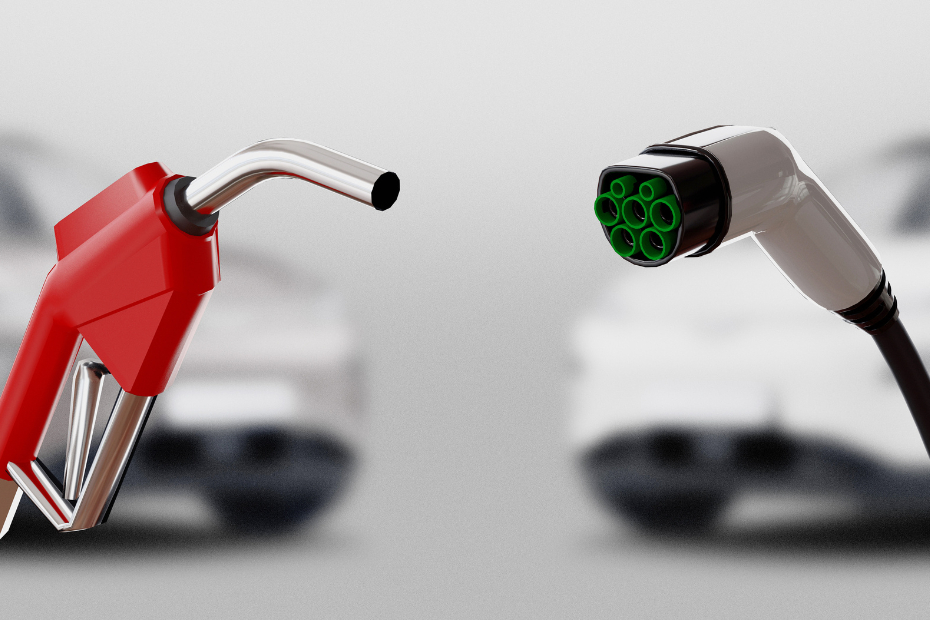Published June 6, 2023 • 4 Min Read
And if you’re an EV owner, or are considering becoming one, this might be a feeling that you’ve experienced. Even with more electric and hybrid vehicles on the road, charging stations are still less common than gas stations.
The good news is that newer EVs have greatly improved their battery range, and there’s been a significant commitment to improving the infrastructure around EVs. The Canadian government pledged to fund the installation of 50,000 new EV charging stations by 2030.
Here’s how to get the most out of your battery and help ensure your ride is as stress-free as possible.
Optimize regenerative braking
Regenerative braking is a feature exclusive to EV and hybrid-electric owners. Essentially, it takes the energy used when braking and transfers as much of it as possible to the vehicle’s battery. This can save up to 70 per cent of the energy that would otherwise be lost in the process.
To ensure the maximum amount of energy is saved by regenerative braking, avoid stomping on the brakes, lightly apply pressure to the brakes and coast to a stop whenever possible. When going downhill, take your foot off the accelerator if you can. In general, gradual acceleration and gentle stops are more fuel efficient than sudden changes in speed for fuel efficiency, so be sure to drive smoothly to maximize your mileage.
Use the 80/20 rule when possible
An EV’s battery will last longer if you prevent it from charging 100% or running it down to 0%. This is where the 80/20 rule comes in: Keeping your charge between 80 per cent and 20 per cent will help maximize the lifespan of your battery. Most EVs allow you to automatically stop charging past a certain level via an app or the car’s touchscreen.
You’ll have about 250 kilometres range when operating between that ideal 80/20 charge on an average EV. Of course, when planning for a long trip without available charging stations, it’s wiser to drive on a full battery. But the 80/20 rule should be considered for daily driving — it will pay off in the long run!
Read more: How to charge your EV at home
Keep your tires properly inflated
This rule applies to all vehicles when you want to increase your range on a full tank/battery. Tires affect fuel efficiency due to rolling resistance — improperly inflated tires may create more drag along the road, requiring more energy to get your vehicle up to speed. For gas-powered cars, you can improve fuel efficiency by up to 3 per cent by keeping your tires inflated to the proper pressure. You can see a similar improvement in an EV.
Use climate control sparingly
Air conditioning and heating units can use much of an EV’s power. For the hot summer months, driving with the windows down and “pre-cooling” your vehicle can help you stay cool without draining the battery. Pre-cooling means running the AC unit while your vehicle is charging, then turning it off while you’re on the road.
In wintertime, heated seats and a heated steering wheel (available in some models) use much less energy than a central heater. You can also preheat your EV in much the same way you can pre-cool it by running the heater while charging.
Read more: How to get more out of your EV’s battery in both cold and warm weather
Keep up with scheduled maintenance
Although EVs generally require less servicing than other vehicle options, it’s still important to check up on your ride to ensure there isn’t something dragging it down. Examine your tires for excess wear every month or so and check on your steering, suspension, accelerator and brakes for any visible damage every 10,000 km.
Some EV batteries use liquid coolant to maintain safe operating temperatures, which can require regular checks as well. Be sure to ask your dealer or look at your vehicle’s operating manual to take the best care of your vehicle and maximize its range.
Read more: A guide to Canada’s EV incentive programs
This article is intended as general information only and is not to be relied upon as constituting legal, financial or other professional advice. A professional advisor should be consulted regarding your specific situation. Information presented is believed to be factual and up-to-date but we do not guarantee its accuracy and it should not be regarded as a complete analysis of the subjects discussed. All expressions of opinion reflect the judgment of the authors as of the date of publication and are subject to change. No endorsement of any third parties or their advice, opinions, information, products or services is expressly given or implied by Royal Bank of Canada or any of its affiliates.
Share This Article






